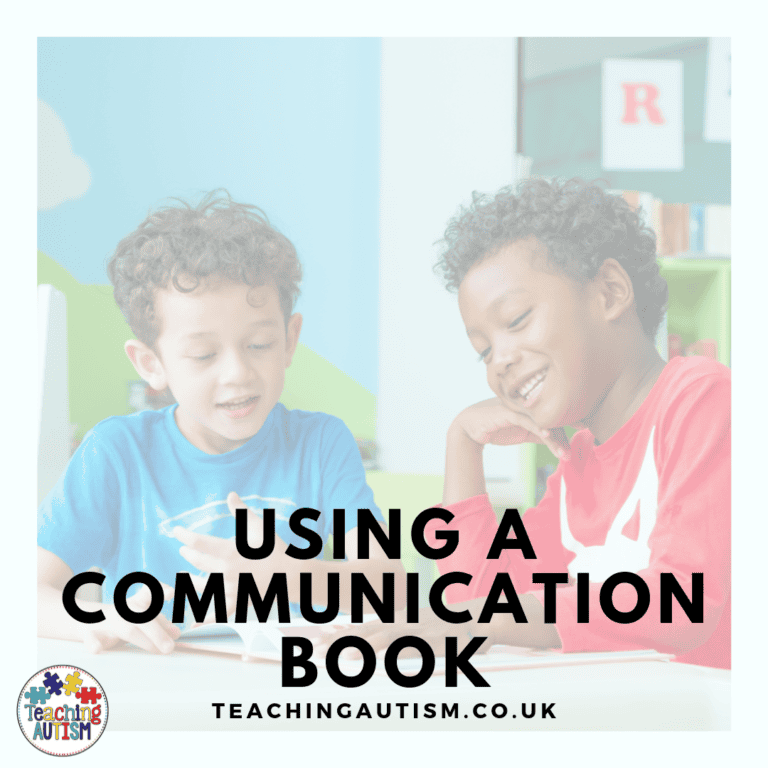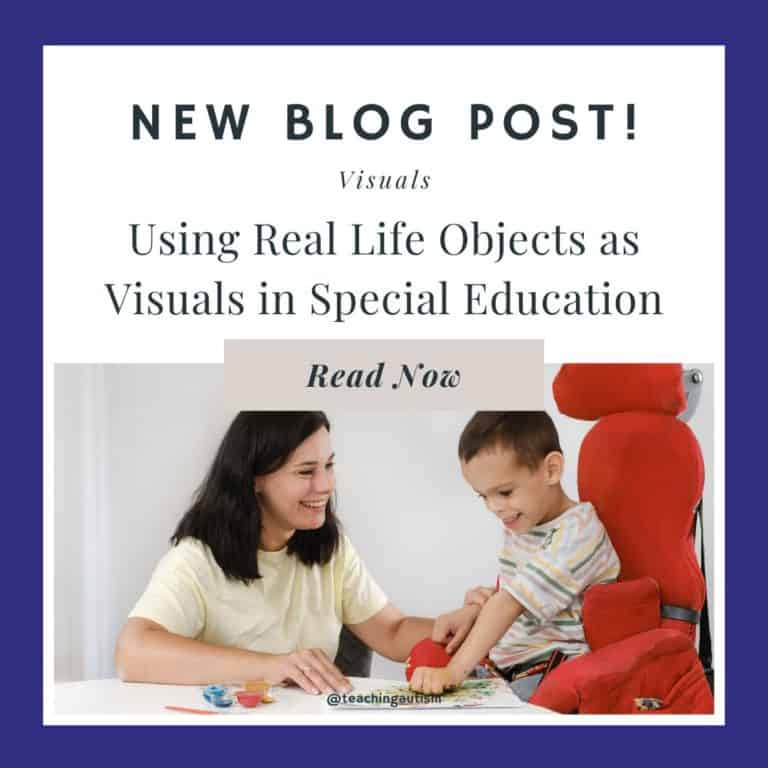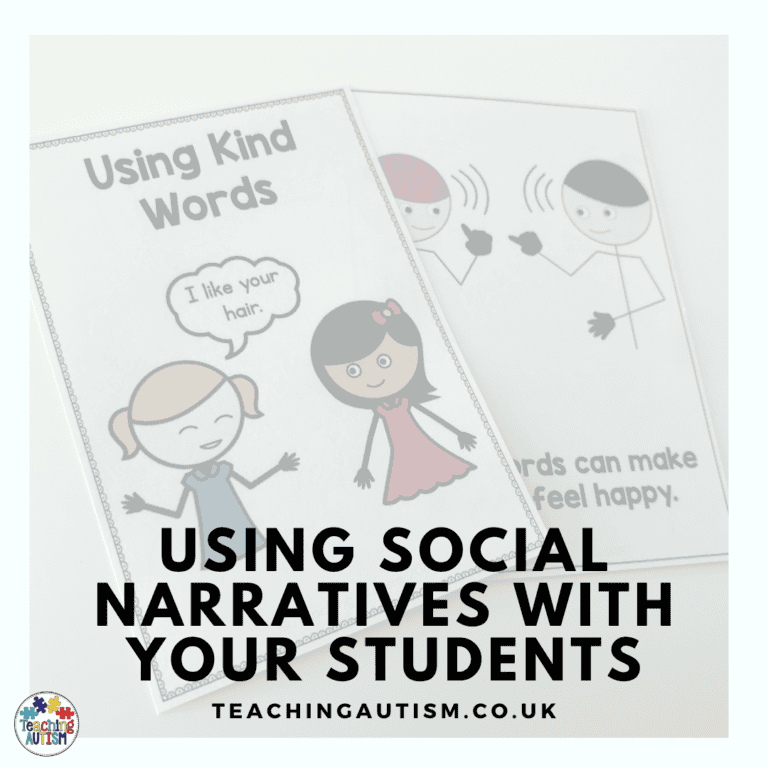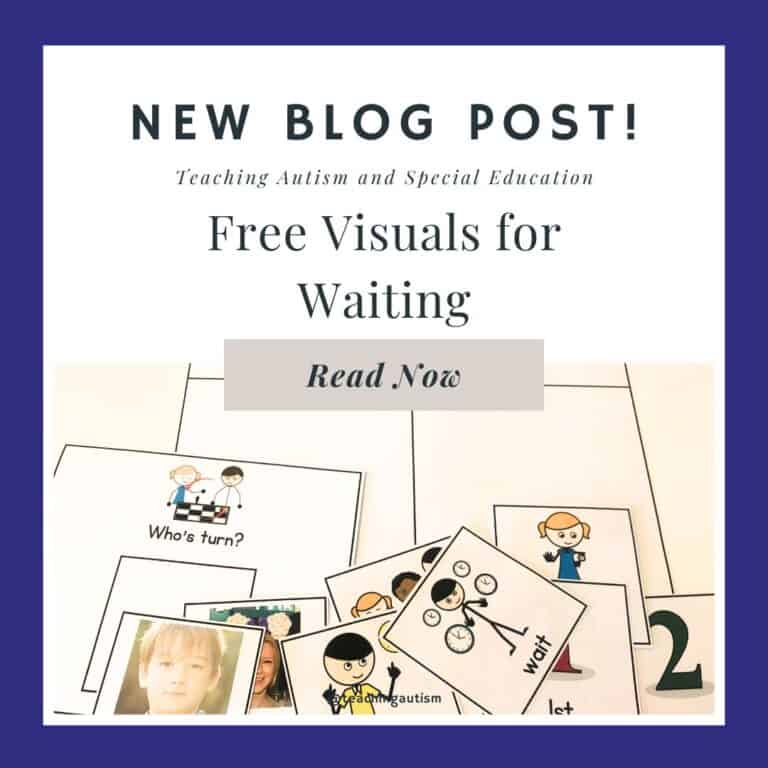My Top 5 Visuals for School
Today I’m sharing my top 5 visuals for school. It’s no secret that everyone can benefit from visuals.. And I’ve touched on this in previous blog posts and podcast episodes too.
Every year I get asked what visuals would I recommend having at the start of the school year. And while it can take a little while to make visuals and integrate them into your classroom.. I really do encourage trying to get started on this first before any other prep. Because visuals will become a lifeline for you!
In this blog post I’m sharing my top 5 visuals that I use with my students year after year. These visuals are ones that I see a lot of success with and they’ve become my must-haves. I’ve included links below for you to download them too.
1. A Communication Book
Visual communication books can be incredibly beneficial for our students. These books are designed to help individuals communicate their needs, thoughts, and feelings more effectively. This is often through the use of pictures, symbols, and other visual aids.
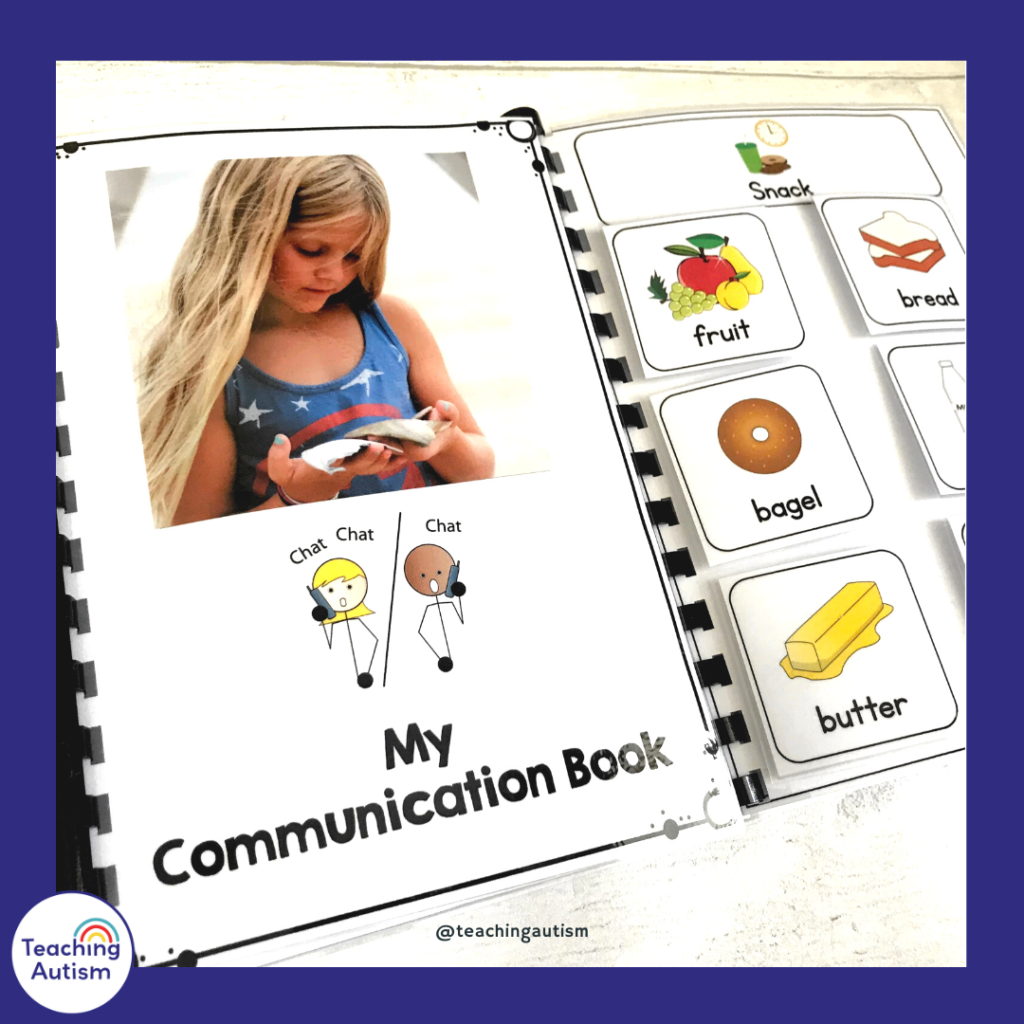
Some of the benefits of using these communication books with our students are;
Improved Communication
For many autistic students, verbal communication can be challenging. Visual communication books provide a clear and understandable way for them to express their wants and needs. This can help reduce frustration and lead to more effective communication.
Increased Independence
The use of a visual communication book can help students become more independent. They can use the book to communicate with others without relying on a caregiver or teacher to interpret their needs.
Improved Social Interactions
Autistic students often struggle with social interactions, but visual communication books can help bridge the gap. By using the book to communicate with peers, they may feel more comfortable and confident in social situations.
Reduced Anxiety
The use of a visual communication book can help reduce anxiety in autistic students. When they are able to communicate their needs and feelings more effectively, they may feel more in control and less anxious.
Overall, visual communication books can be a powerful tool for our autistic students. They can help improve communication, increase independence, improve social interactions, and reduce anxiety.
This is the communication book that I use with my students.
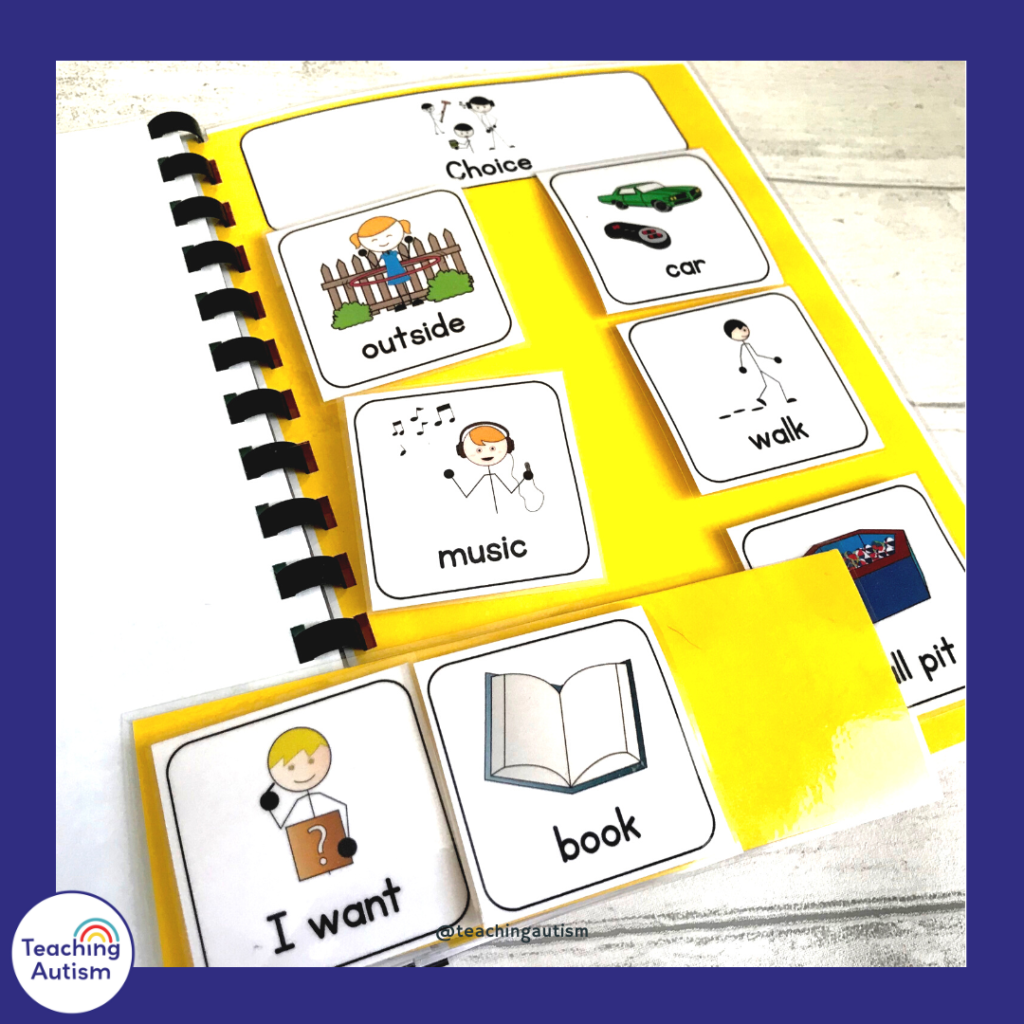
2. Visual Schedule
Visual schedules are an effective tool in the classroom because they provide a clear and predictable outline of the day’s activities. One of the main benefits of using visual schedules is that they help students to understand what is expected of them and what is coming next. This will then reduce anxiety and will improve their behavior.
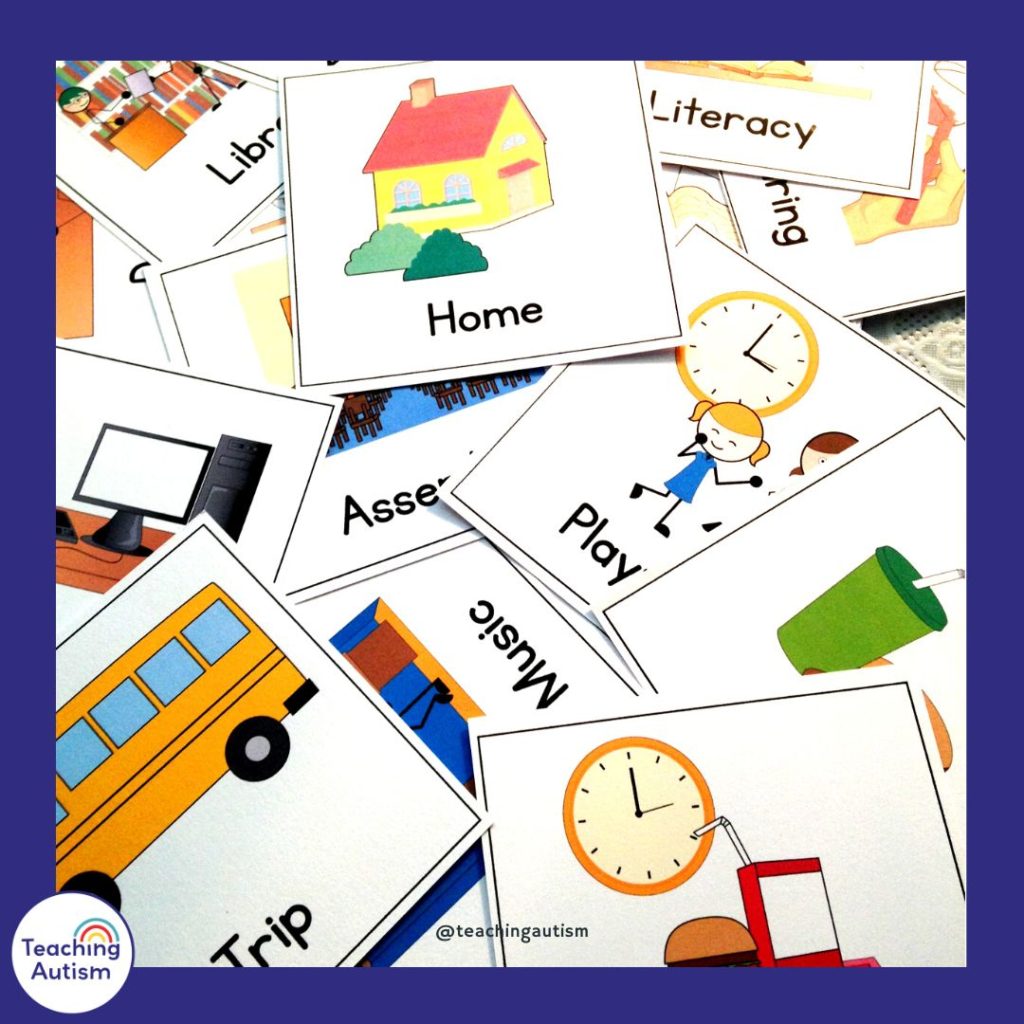
Visual schedules can also help with time management and organization. They can allow students to see what tasks they need to complete and how much time they have to complete them. (This works well for adults too!!)
Another benefit of visual schedules is that they can be customized to meet the specific needs of each individual student. For example, some students may benefit from a more detailed schedule with pictures or drawings. While others may prefer a simpler schedule with only text. You can choose between having a whole class schedule or individual schedules.
The visual schedules that I use with my students are;
3. First and Then Boards
A first and then board is a visual aid used to help students understand and follow routines and schedules. It is a simple board that shows two images or words. The first being an activity the child is currently doing, and the second being the activity that will follow.
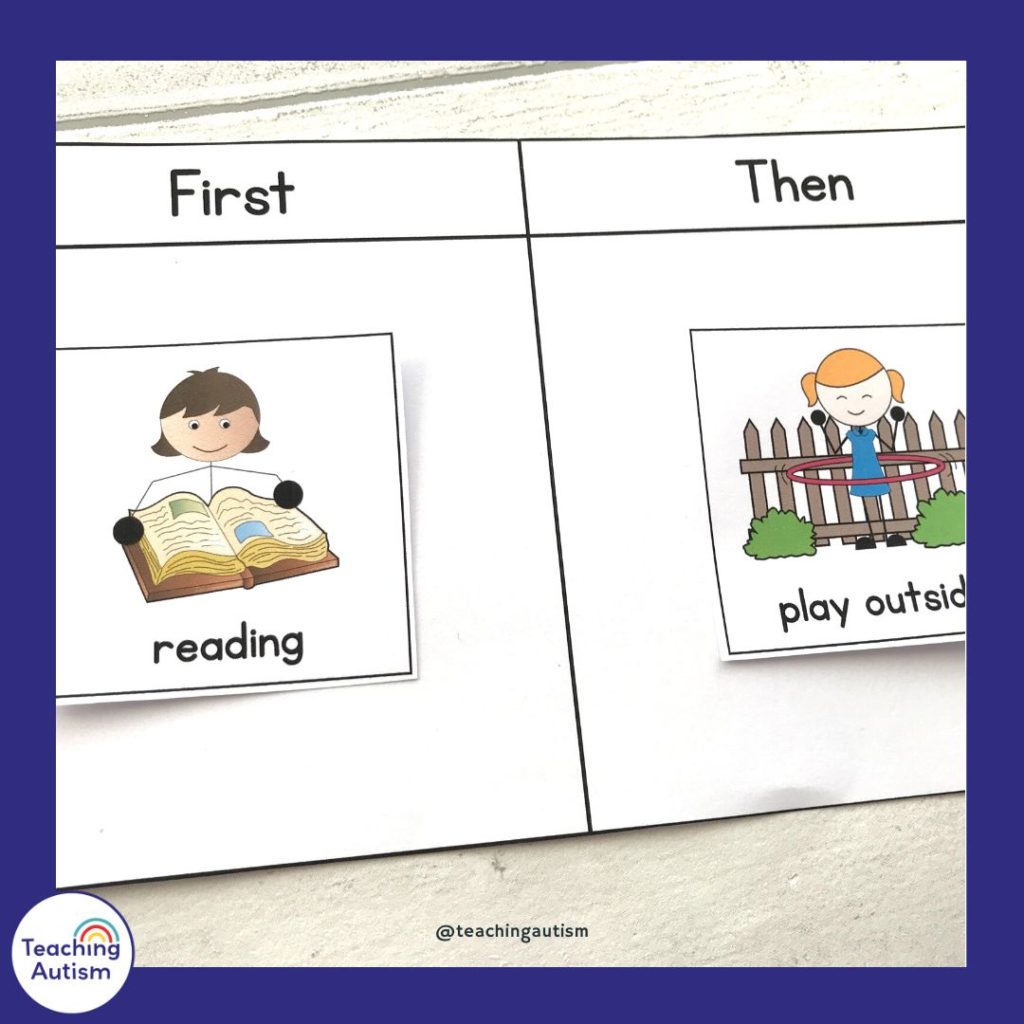
You can also differentiate these and turn them into ‘First, Next and Then’ boards to add more visuals for your students to follow.
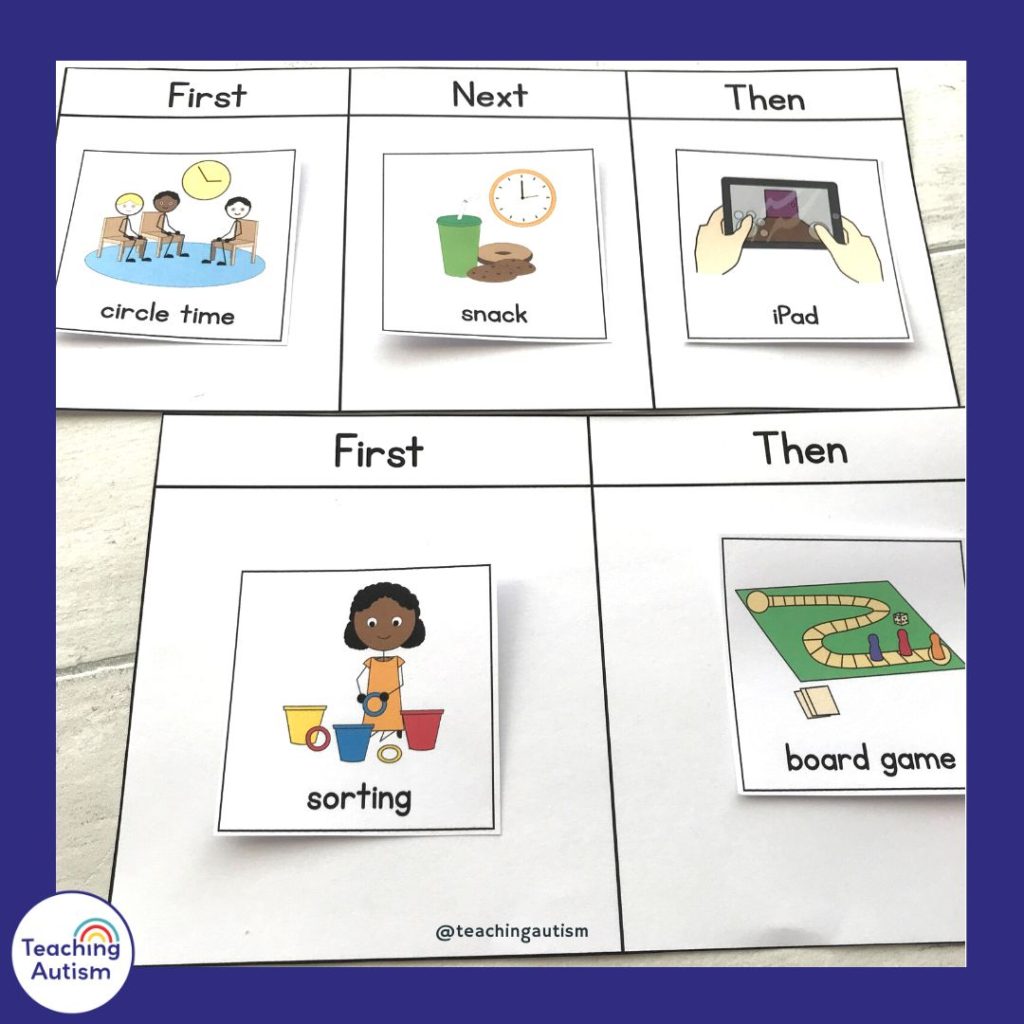
I love using first and then boards with my students. And this is probably my go-to visual throughout the day in the classroom. I love how many benefits they have for my students..
Firstly, the boards help to reduce anxiety and stress by providing a clear and predictable routine. Many of my students often struggle with change and can become anxious when their routines are disrupted. The first and then board provides a visual representation of what is going to happen next, which helps to reduce the anxiety associated with uncertainty.
It also helps to improve communication and understanding. Many autistic children have difficulty with verbal communication. The first and then board provides a visual representation of what is expected of them. This allows our students to understand what is happening and what is expected of them without relying solely on verbal communication.
Finally, it helps to improve independence. By using a first and then board, students are able to take control of their own routines and schedules. Students are able to see what is expected of them and are able to complete their tasks independently.
This is the first and then board that I use with my students.
4. I Am Working For.. System
An ‘I am working for’ reward system board in the classroom can be an effective tool for motivating students. This visual reward system allows students to set goals and work towards them. This will help them to build a sense of accomplishment and pride in their work.

These boards can be customized to your student’s individual needs and preferences, including their hobbies. This makes it a flexible and adaptable tool for using in our classrooms.
One of the things that I love about this reward system is that it provides a clear visual representation of progress. Students can see their progress towards their goals, which can be very motivating. And when my students achieve those tokens for progress – they do not lose them. I am all about positive reinforcement and behavior management in my classroom.
Another thing that I love about this reward system is that it allows for positive reinforcement in a non-verbal way. This can be particularly helpful for our students who may struggle with verbal communication or if they are easily overwhelmed.
This is the ‘I Am Working For..’ reward system that I use. I love to differentiate these reward systems and add more slots for tokens to be earned as students progress.
5. Directed Choice Boards
A choice board is a visual tool used in the classroom to help students make choices about their learning. For autistic students, choice boards can be particularly beneficial as they allow students to be able to choose the reward that they want during their free time.

There are two types of choices in my classroom: free choice and directed choice.
Free choice is where my students are able to go and do anything that they want within the classroom.
Directed choice is where I provide them with this choice board and I’m giving them a select few options of choice. This means that I can have some control over the type of choice activities they are choosing.. While also giving my students the choice of what reward they want as well. This is helpful for my students who may feel overwhelmed by choosing a choice activity and end up just sitting down or getting anxious about choice time.
The main difference between the two is that directed choice boards provide more structure and guidance, which can be beneficial for students who struggle with decision-making.
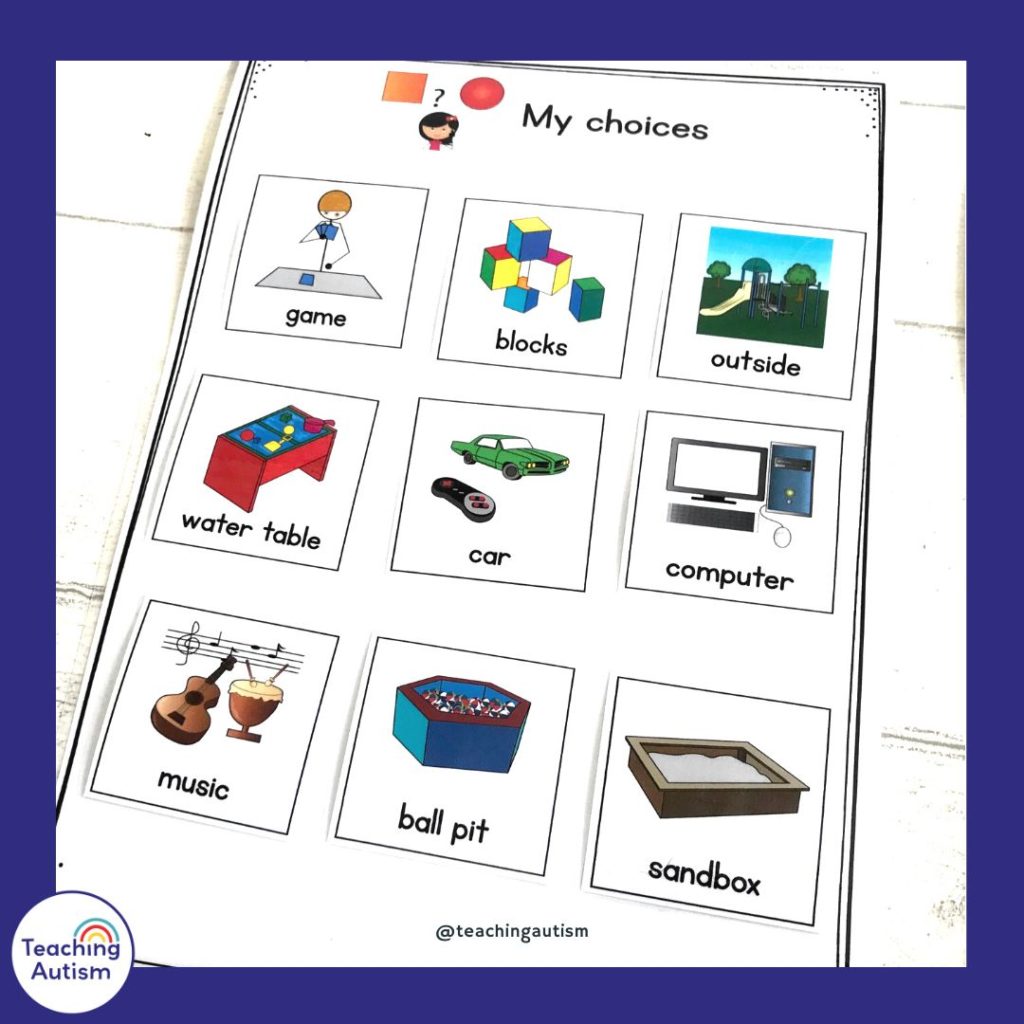
Free choice can help our students to be creative and independent. This is because they are being encouraged to explore and try new things around them. Directed choice boards, on the other hand, can help students develop specific skills and knowledge in a more structured and focused way. Ultimately, the type of choice that you want to use in the classroom will depend on the specific needs and abilities of your students. But you don’t have to choose one – you can use both like I do!
The directed choice boards that I use are here.
These are my 5 favorite visuals to use with my students. I hope you found this blog post helpful. If so, please consider sharing it with your friends and colleagues on social media. I am also going to link in some of the other visuals that I use with my students that you may find beneficial too!
More Visuals
P.S. Have you signed up for a 3 day free trial of our VIP membership yet? If not, click here to do it now and go and get access to a huge range of resources, templates, crafts and more for free.


